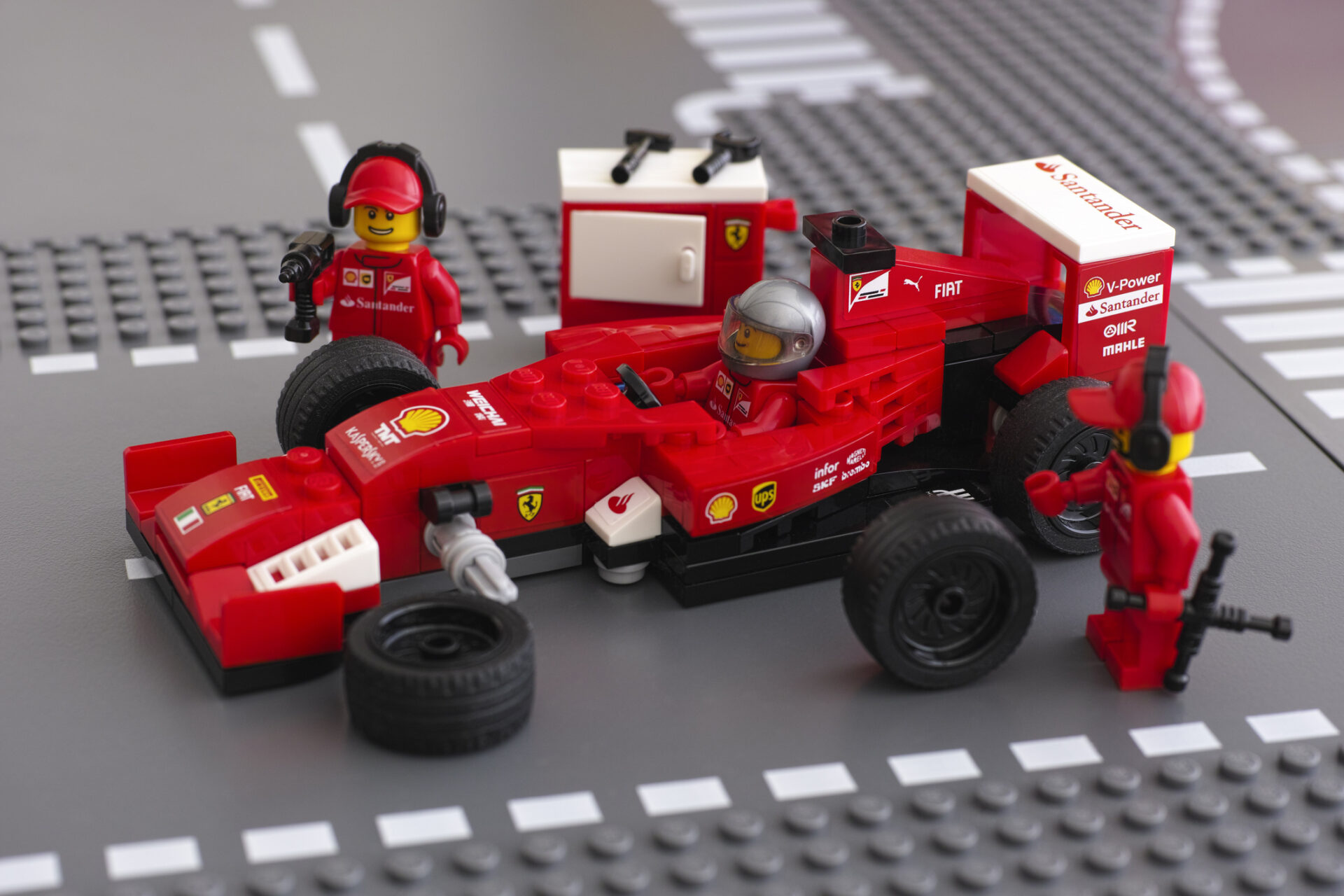In an activity that’s as emotionally charged as a competitive sport, every single decision made is under an extreme amount of scrutiny — often with a lot of money riding on it as well.
Refereeing is not an easy job. In the high-pressure environment where the decision-maker is being constantly scrutinized by players, their coaches, their fans, sports experts and event sponsors, theirs is a difficult life. With ubiquitous connectivity, every single human on Earth has the power to see every move in every sports arena at close quarters and pass judgments on right or wrong — as well as on the referee. No pressure at all.
Enter technology in sport. It can keep things accurate, fast and, above all, neutral. More than anything else, it can help ease the psychological pressure that referees go through in the process of giving the best decision they humanly can. It is eons forward from the 1992 “third umpire” that changed the way cricket is played. The third umpire was just sophisticated video replays to support the main umpires in decisions like out, not out, wide, no ball, caught behind wicket — the whole nine yards. With a billion eyes judging every movement of the umpire’s finger, it was only the robotic third umpire’s selfless eye that would be trusted to make the right decision.
The Power Of Non-Human Brains
Non-human brains are somehow considered superior to human brains and, hence, make decisions far more acceptable and less stressful for professionals in refereeing.
However, there is always a slight doubt about how far technology should go in sports — or actually, how far it should be allowed to go in general. In 2007, a snowboarder and sports scientist in Australia put together a system of sensors to test if a more precise system of measurements of a competitor can help experts evaluate their performance. This measure would help to set a fairer standard of performance rather than one colored by human prejudices, ignorance and mindsets.
The experiment consisted of fitting 10 snowboarders with an accelerometer and gyroscope each. This would provide accurate measurements of the two most key factors in assessment: the degree of rotation and the jump duration. Following the competition, the data from sensors and their resultant decisions were compared with those of the human judges. The two sensors provided information accounting for almost three-fourths of the variation in the official scores, making them more accurate than human decision-makers. The interesting part is that, despite the acknowledgment of inaccuracy of human judges, many of the expert snowboarders refused to let a tech tool replace the human decision-makers.
The video assistant referee (VAR) that was deployed at the 2018 FIFA World Cup in Russia represented the faith of almost half of the world’s population that was watching the World Cup — about 3.4 billion people. The simple video control room that was set up could communicate with the referee on the field in real time. Its decision support was accepted as more trustworthy at a 99.3% accuracy rate, against the 95% human decision accuracy. The NFL has used video replay systems to cross-check and confirm referee decisions for many years now. Professional basketball also uses replay systems for instances such as clock, foul and possession decisions, and referees have been encouraged to monitor replay before making crucial decisions.
The VAR system had another plus: It collects data that feeds advanced analytics tools. This is the major step to putting “Moneyball” in the public domain. Most of the tools used to make sports decisions are highly dependent on cutting-edge communication technologies and networks. While Wi-Fi is a commonplace technology for real-time connectivity, 5G will be the game-changer — whether it is for real-time viewing of actions or using drones for providing a real-time view of sporting action to enthusiasts. During the 2018 Pyeongchang Winter Olympic Games, 5G was used prolifically for drones covering events and to provide a much better experience for viewers. Of course, the speed, accuracy and clarity that 5G lent to the drones can be leveraged for refereeing as well.
Among other technologies that can assist referees to make the right decisions is Hawk-Eye. Hawk-Eye traces a ball’s trajectory using a complex array of computers and cameras. Rugby officials used it at the 2015 Rugby World Cup to improve field decisions. Today, this tool is being used in many international sports to aid referees, including assisting referees in the English Premier League. During the 2021 U.S. Open, a more advanced version of Hawk-Eye — the Hawk-Eye Live — was deployed that made real-time calls on court decisions, mostly to help review contentious line calls.
The Ethics Of Tech In Sports
Is autotune ethical for singers? Does the illustrator take away from the artist’s talent? Does ready-made masala reduce the flavor of the biryani? The oft-repeated question of human touch versus technology will need more time to be answered. Asking if using tech tools for refereeing takes away from the pleasure or excitement of the game is akin to asking if mechanized looms take away from the handcraft of weavers?
The question is age-old, but answers need to be modern. As long as sport is for pleasure, the pressure for a certain decision is less. After all, it’s only for fun. However, once huge money, hungry markets and high-flying careers are riding on this decision, the pressure is almost superhuman. To justify a decision that has this kind of impact, it is often best to leave it to neutral tools that work on algorithms and give completely justifiable results.
A Final Thought
Formula 1 notes that “more than 300 sensors on each race car generate over 1.1 million data points per second that F1 transmits from the cars to the pit.” Even with billions of data points during each weekend race, the best sensor in the car remains the driver.
Disclaimer – This article was 1st published on Forbes.com

